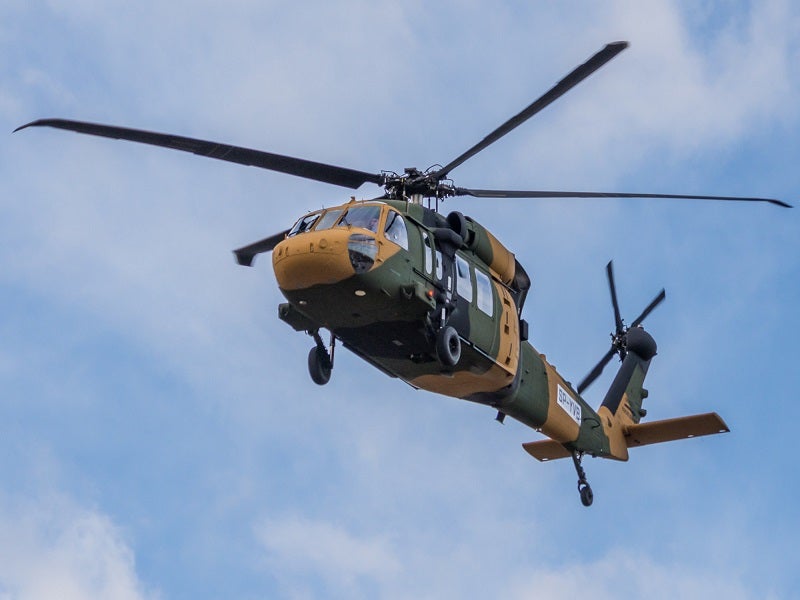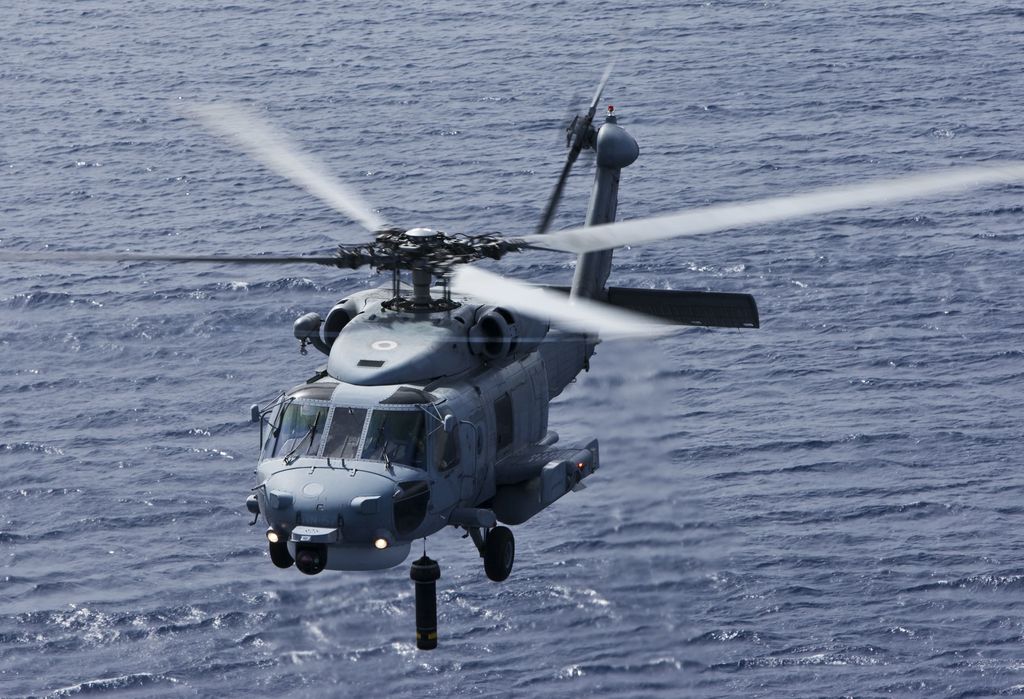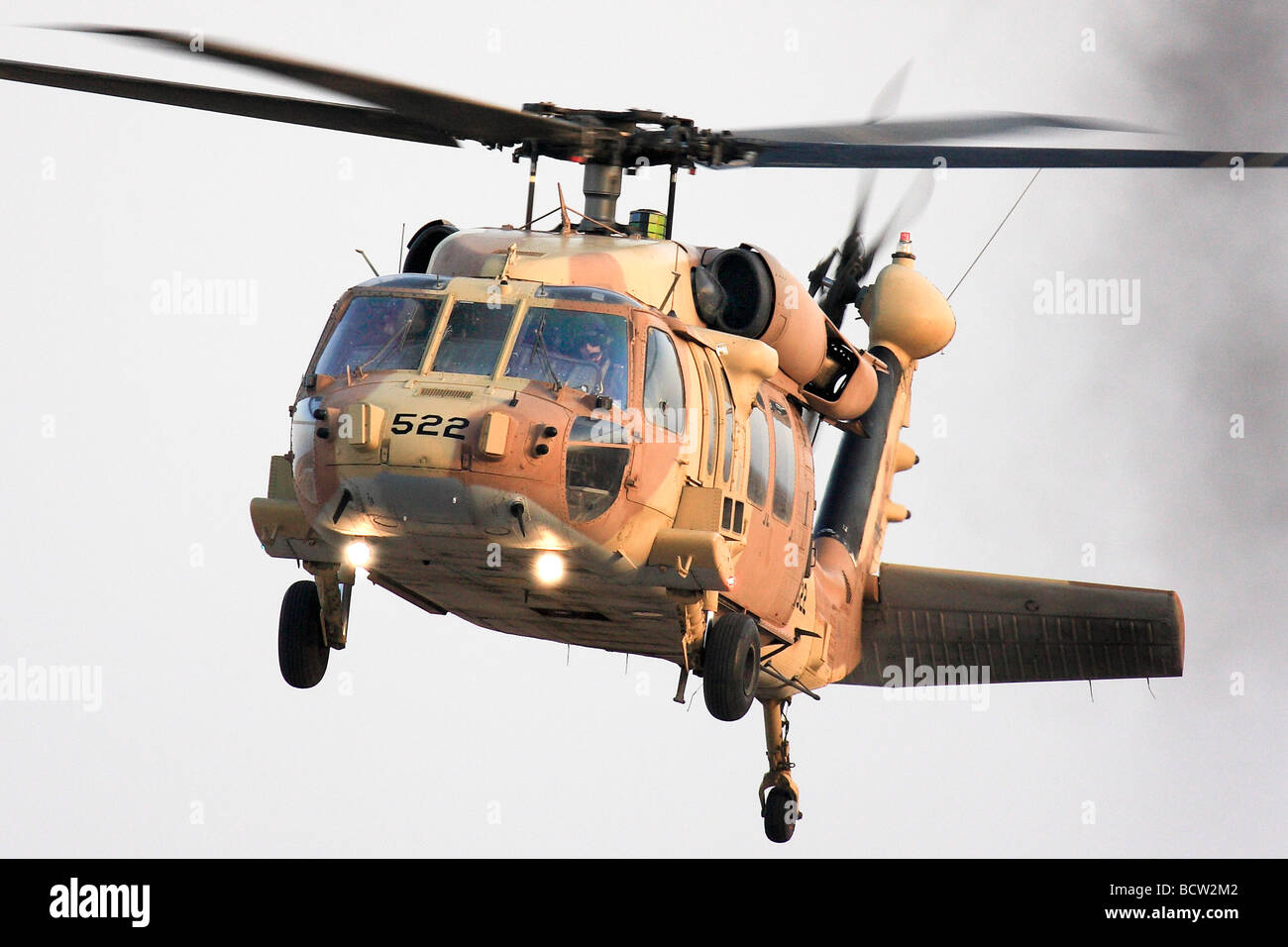Inside the Sikorsky S 70: What Establishes This Helicopter Apart from Its Rivals
Inside the Sikorsky S 70: What Establishes This Helicopter Apart from Its Rivals
Blog Article
High-Performance Multi-Role Rotorcraft Featuring Advanced Cabin Technologies and Integrated Sensor Systems
The realm of rotorcraft modern technology has actually seen noteworthy improvements in recent times, especially in the world of high-performance multi-role rotorcraft equipped with advanced cabin innovations and seamlessly integrated sensor systems. These innovations have not only enhanced the operational capacities of rotorcraft but have likewise dramatically affected modern-day air travel procedures on different fronts. From improved objective adaptability to enhanced functional effectiveness, the convergence of advanced cockpit innovations and integrated sensor systems has actually introduced a new age of possibilities for rotorcraft applications. In the complying with conversation, we will explore the evolution of rotorcraft innovation, explore the realm of innovative cabin developments, and check out the effects of integrated sensor systems on the operational adaptability and performance of modern-day rotorcraft.
Development of Rotorcraft Technology
The evolution of rotorcraft modern technology has actually been noted by significant improvements in the rules of aerodynamics, products, and propulsion systems, forming the capabilities and performance of modern rotorcraft. Additionally, innovations in propulsion systems, including much more powerful engines and cutting-edge propulsion technologies, have enabled rotorcraft to achieve higher altitudes, faster rates, and better payloads.
These advancements have not only changed the abilities of rotorcraft but have actually likewise expanded their applications across numerous industries, including army, industrial, and emergency situation services. The constant advancement of rotorcraft innovation remains to drive technology in the area, pressing the limits of what is feasible and shaping the future of vertical trip.
Advanced Cabin Innovations
Structure upon the foundational advancements in aerodynamics, products, and propulsion systems, the world of rotorcraft innovation now shifts emphasis in the direction of pioneering Advanced Cockpit Innovations. The assimilation of innovative technologies within the cockpit atmosphere plays a critical role in enhancing the functional capabilities, safety and security, and efficiency of modern rotorcraft. sikorsky s 70. Advanced Cockpit Innovations incorporate a vast variety of attributes made to give pilots with enhanced situational recognition, structured information management, and instinctive control user interfaces
One of the essential advancements in cabin layout is the implementation of glass cockpits, which replace traditional analog gauges with high-resolution displays. These electronic systems provide customizable designs, real-time information assimilation, and improved readability, enabling pilots to gain access to vital information at a glance. Progressed avionics systems, such as fly-by-wire controls and boosted fact displays, are revolutionizing how pilots communicate with the aircraft, allowing for accurate control and enhanced decision-making capabilities.


Incorporating advanced cabin advancements not only enhances pilot efficiency but additionally adds to general mission effectiveness and safety and security in complicated operational atmospheres. By leveraging cutting edge technologies within the cabin, rotorcraft producers are establishing new criteria for operational quality and objective success.
Integrated Sensing Unit Solutions
With the evolution of rotorcraft innovation, the integration of innovative Integrated Sensor Solution has ended up being vital in boosting operational performance and safety. These Integrated Sensing unit Systems incorporate a broad selection of technologies that give vital information for various features such as navigation, monitoring, targeting, and ecological monitoring. By flawlessly integrating sensing units like radars, cameras, lidar, and infrared systems into rotorcraft, operators can take advantage of boosted situational awareness, improved goal capabilities, and minimized pilot work.
One key advantage of Integrated Sensing unit Equipments is their ability to gather real-time data and provide actionable insights to pilots and objective drivers. For instance, advanced radar systems can discover and track targets over long ranges, permitting early risk detection and efficient feedback preparation. In addition, integrating infrared and electro-optical click here for more info cameras makes it possible for rotorcraft to conduct reconnaissance and surveillance objectives with precision and precision.
Fundamentally, the integration of advanced sensing unit innovations right into rotorcraft not only boosts operational effectiveness however also contributes substantially to total goal success and staff security. As rotorcraft proceed to evolve, the role of Integrated Sensor Systems will definitely stay at the leading edge of development in the aerospace market.
Operational Versatility and Efficiency
Enhancing operational versatility and performance in rotorcraft is an all-natural progression from the combination of sophisticated Integrated Sensor Systems. By leveraging the insights and data provided by these cutting-edge sensing unit systems, rotorcraft can optimize their efficiency throughout various goals and atmospheres.
Operational convenience includes the ability of rotorcraft to adjust to different functions and scenarios efficiently. With innovative cockpit innovations and integrated sensor systems, rotorcraft can flawlessly shift in between jobs such as search and rescue, medical emptying, surveillance, and much more. This flexibility boosts the rotorcraft's ability to meet varied functional requirements without calling for comprehensive reconfiguration.
Efficiency in rotorcraft operations is important for optimizing objective efficiency and resource application. Integrated sensor systems play a pivotal duty in improving functional efficiency by offering real-time information on weather problems, surface mapping, target monitoring, and much more. This data allows pilots to make educated choices promptly, optimize flight paths, preserve fuel, and enhance general goal performance.
Effect On Modern Air Travel Workflow

Moreover, the assimilation of innovative sensors promotes improved goal preparation and implementation, enabling rotorcraft to execute a vast array of jobs with enhanced accuracy. From search and rescue procedures to aerial firefighting and police missions, the capacities of modern rotorcraft geared up with sophisticated cabin innovations and integrated sensor systems are unrivaled.
Additionally, the influence of these improvements expands beyond functional effectiveness to cost-effectiveness and sustainability. By optimizing flight paths, fuel intake, and maintenance routines, high-performance rotorcraft furnished with sophisticated cabin modern technologies and sensors add to reducing operational costs and ecological effect, making them essential possessions in modern aeronautics procedures.
Conclusion
Finally, the high-performance multi-role rotorcraft with innovative cabin innovations and integrated sensing unit systems stands for a substantial evolution in air travel innovation. These advancements enhance operational flexibility and effectiveness, ultimately impacting modern aviation operations in a favorable means. The combination of these innovative innovations enables improved capabilities and efficiency in different objective situations, showcasing the continued development of rotorcraft innovation in the aviation industry.
The realm of rotorcraft innovation has seen noteworthy developments in recent times, specifically in the world of high-performance multi-role rotorcraft outfitted with sophisticated cabin great site technologies and effortlessly integrated sensing unit systems. From boosted goal convenience to improved operational efficiency, the merging of innovative cockpit innovations and incorporated sensor systems has ushered in a new era of opportunities for rotorcraft applications. In the adhering to discussion, we will certainly discover the advancement of rotorcraft innovation, dig into the realm of advanced cabin innovations, and examine the effects of top article incorporated sensor systems on the operational flexibility and performance of modern rotorcraft.

Report this page